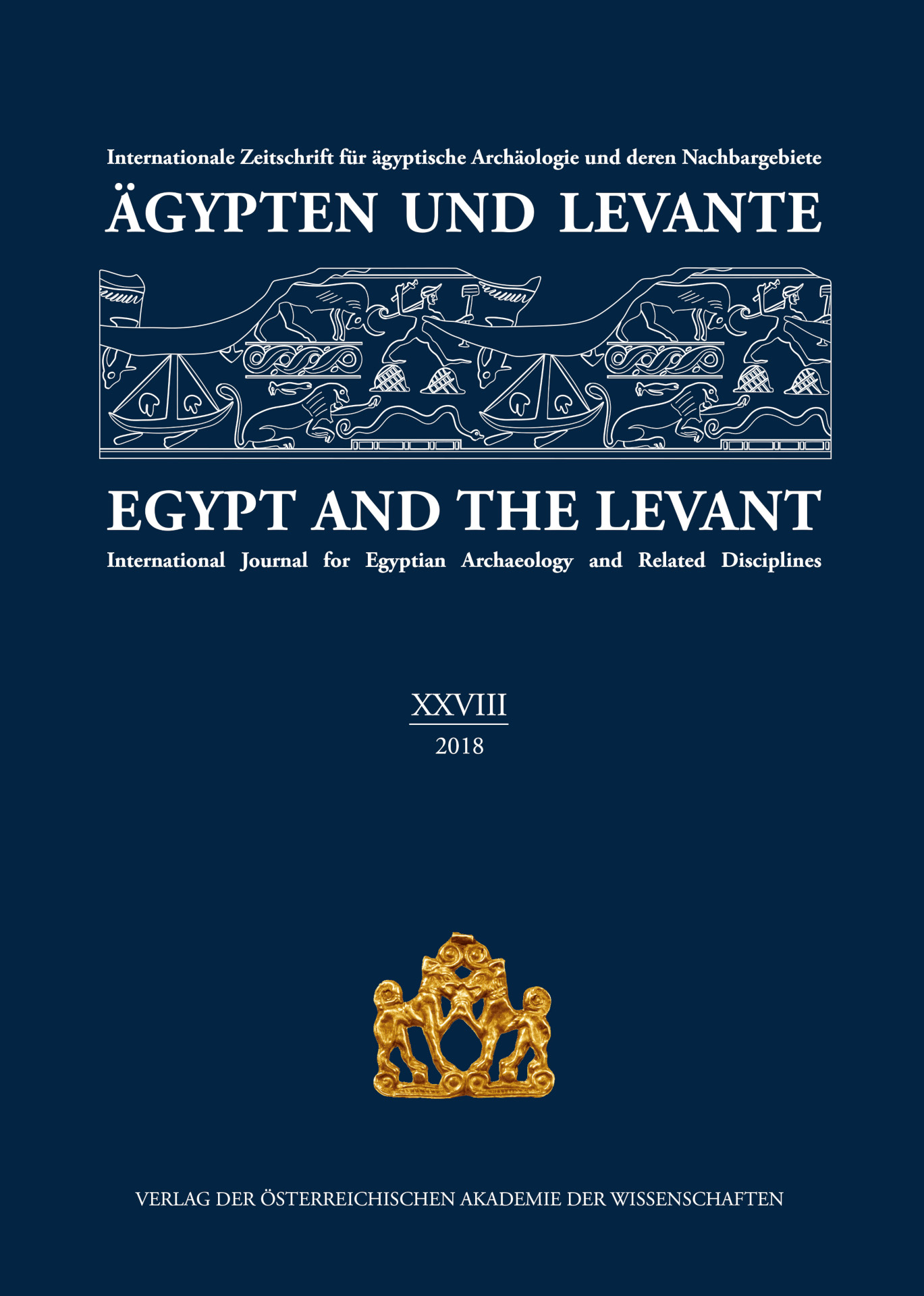
Ägypten und Levante 28, pp. 409-418, 2019/02/26
Internationale Zeitschrift für ägyptische Archäologie und deren Nachbargebiete
International Journal for Egyptian Archaeology and Related Disciplines

Neo-Assyrian influences over southern Levant had been long debated and criticised. During the 8th and 7th centuries BC the veneration of the moon god Sîn of Ḫarrān experienced a remarkable international reputation, possibly linked to the deity’s peculiar status as a protective and legitimating authority for the Neo-Assyrian westward imperialism under the Sargonid kings. As Stratum V at Tel Seraʿ shows a meaningful Neo-Assyrian milieu pertaining architectural and material records, this paper dedicates a closer focus to a very rare bronze crescent standard, one of the three only records thus far known for this special item, which can be considered the threedimensional counterpart to both tasseled and pendants- equipped lunar crescent standards portrayed on western royal stelae as well as on glyptic records. Since the crescent represents a meaningful religious emblem into the Levantine cultural framework during the Iron Age, the aim of this paper is to investigate a specific dimension of the Neo-Assyrian cultural impact over southern Levant, focusing on the symbolism and meaning conveyed by the bronze lunar crescent standard unearthed at Tel Seraʿ, and on its possible use as a ritual paraphernalia and/or military emblem.
Keywords: Neo Assyrian; Tel Seraʿ; Bronze crescent standards; Southern Levant; 7th century